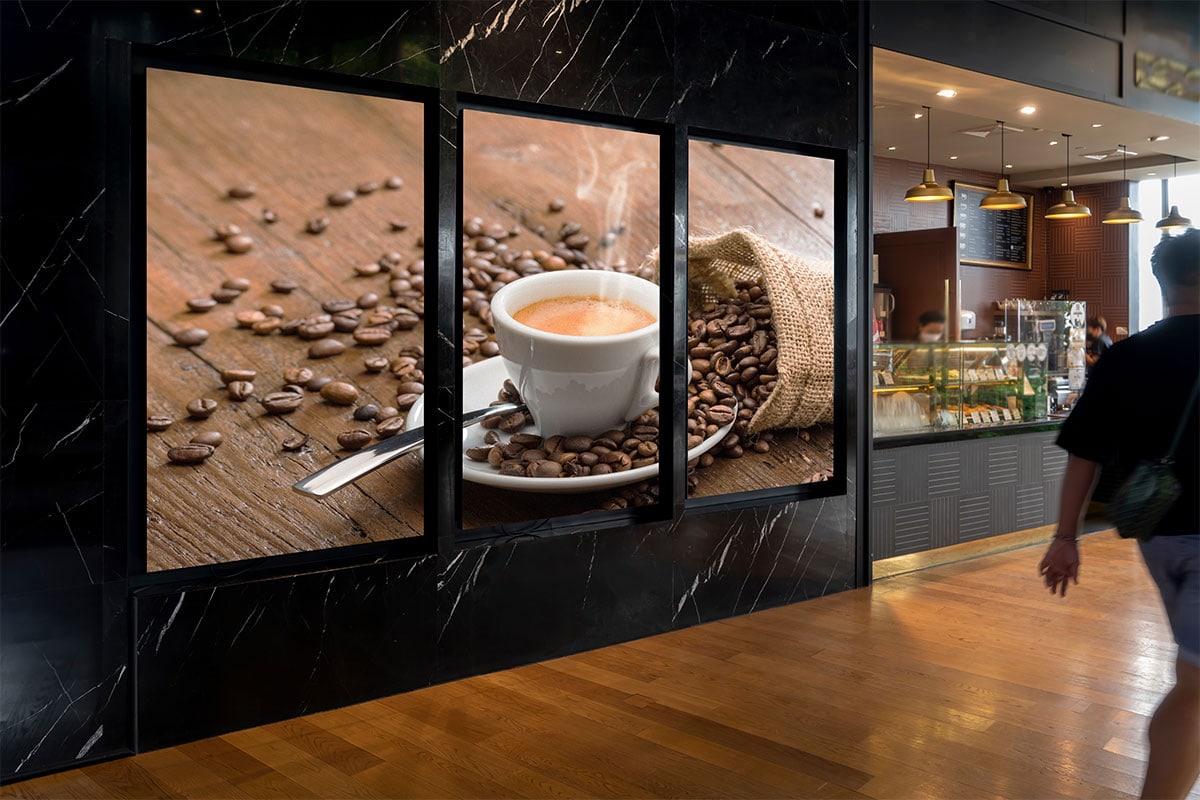Enhancing Aesthetic Impact Through Tactical Content Timing in LED Display Performance
Wiki Article
Maximizing visual impact throughout LED screen shows demands careful planning plus strategic visual scheduling. LED walls are powerful tools for visual narration, frequently used in musical events, gatherings, and presentations. The effectiveness of these displays depends not only upon the caliber of the images yet also upon how plus timing they are shown. By comprehending the viewers' focus duration plus the rhythm of the event, organizers can craft a more captivating encounter that enthralls spectators plus improves the total show.
One crucial element of tactical visual timing is timing. It is essential to align the images with the rhythm and pace of the performance. For instance, in the course of a music show, images should enhance the beat and mood of the music. This synchronization aids to create a cohesive experience that pulls the viewers closer. Additionally, it is crucial to consider the length of each image clip. Brief, striking clips can maintain audience engagement, while extended images may be suitable for moments of reflection or emotional connection. By altering the duration and vigor of the images, event planners can maintain the viewers engaged throughout the performance.

Another important element is the material in question. The visuals displayed on the webpage LED screen should be pertinent to the concept of the show. This pertinence helps to reinforce the message being conveyed and renders the encounter more memorable for the viewers. For example, if the performance is about environmental awareness, using visuals that illustrate the environment and animals can amplify the narrative. Furthermore, adding dynamic elements, such as animations or interactive graphics, can add thrill and maintain the viewers' focus. The appropriate material, shown at the appropriate moment, can significantly elevate the impact of the performance.
Audience engagement is also a crucial factor in visual timing. Comprehending the demographics and preferences of the audience can guide the selection of visuals. For example, a younger audience may react better to bright hues and quick motion graphics, while an mature audience might appreciate more subtle and sophisticated visuals. By tailoring the content to the audience's interests, organizers can create a more personalized experience that connects with spectators. Additionally, incorporating audience participation, such as live surveys or social engagements, can additionally improve involvement and render the show more engaging.
Finally, assessing the efficacy of the visual scheduling is essential for future shows. Collecting responses from the viewers can offer insightful information into what worked well and what could be improved. This information can help organizers improve their approaches and take knowledgeable choices for future events. By constantly assessing and modifying the content scheduling approach, organizers can amplify the aesthetic effect of light-emitting diode screen shows and create unforgettable experiences for their viewers.